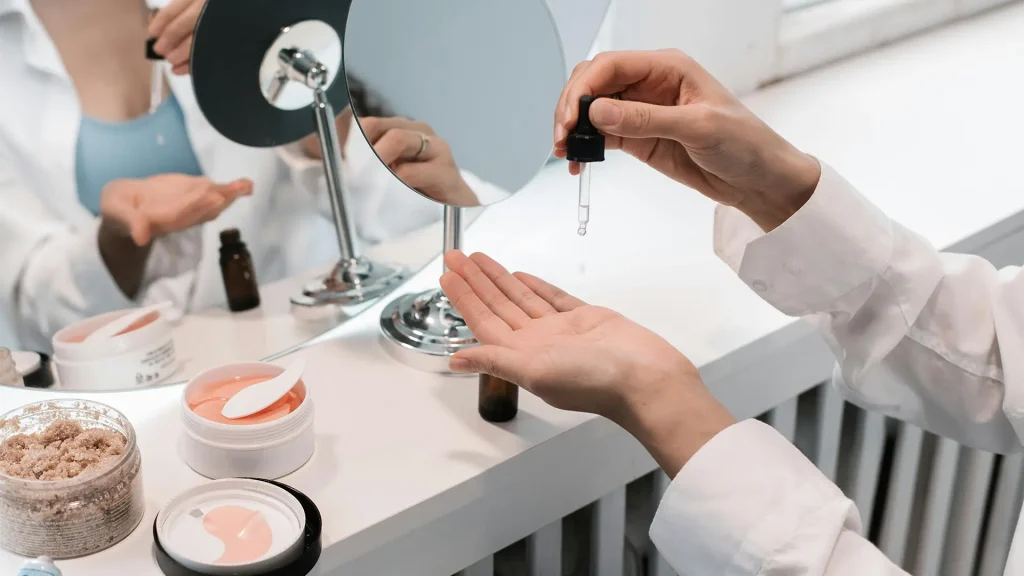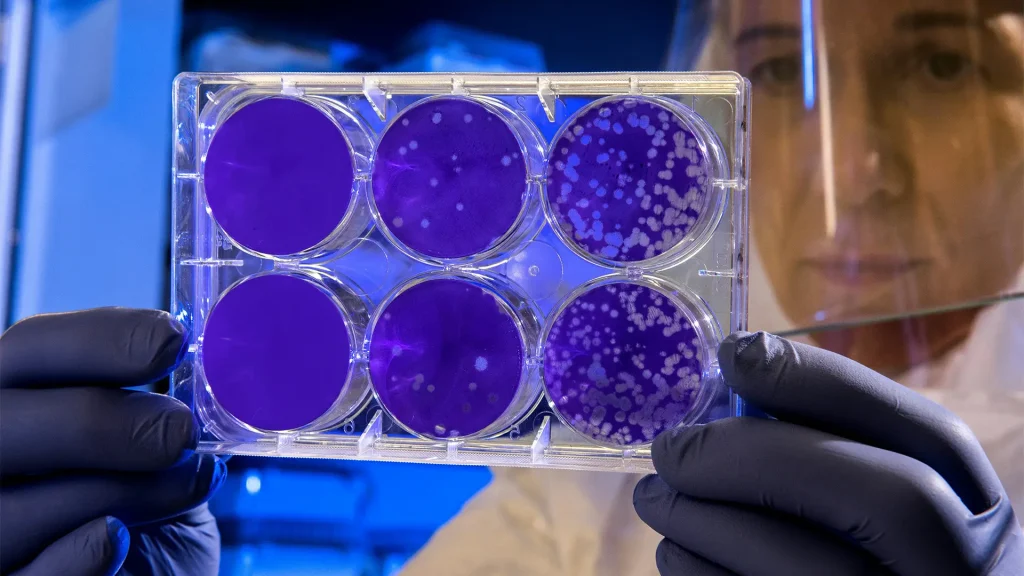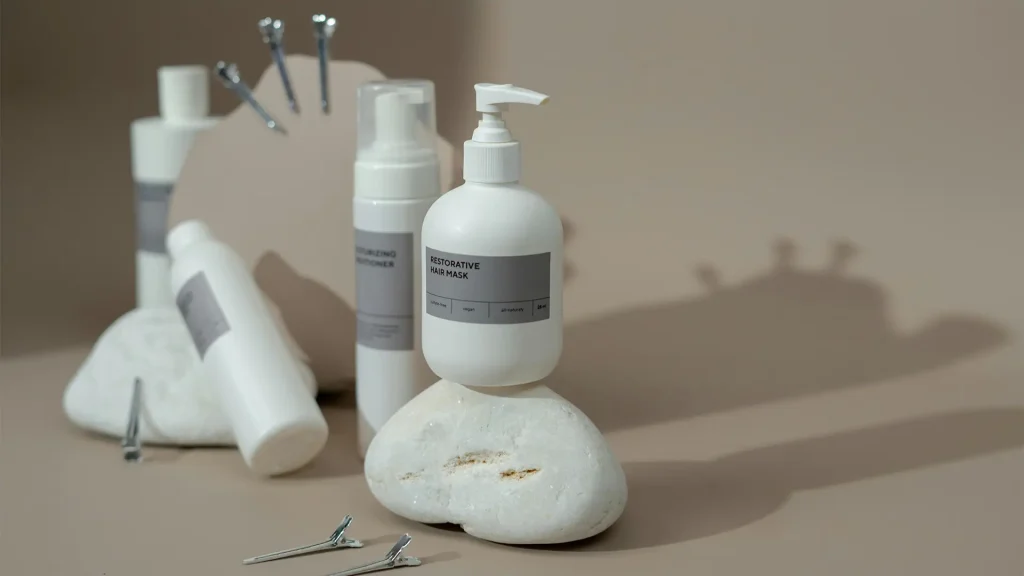Industry Blog

The Importance of HRIPT in Cosmetics Safety Testing
The Human Repeated Insult Patch Test (HRIPT) is crucial to cosmetic product safety assessment. It evaluates a product’s potential to cause skin irritation or sensitization by applying a small amount

Differences and Similarities Between Standard HRIPT and SS HRIPT Panels
It’s imperative that a human repeated insult patch test (HRIPT or RIPT test) is administered before launching a product that will encounter the skin. CPT℠ is committed to both our

Why USP <61> and <62> Microbial Content Testing is Vital
The Importance of Microbial Content Testing in Non-Sterile Products Ensuring the safety and quality of non-sterile products is paramount. These products, which range from pharmaceuticals to cosmetics, are integral to

In-Vitro Toxicology Testing of Cosmetics
The Evolution of Toxicological Testing in Cosmetics Toxicological testing has long been vital to ensuring the safety of cosmetic products. Traditionally, this testing relied heavily on in-vivo methods involving laboratory

Ames Mutagenicity Testing for Safe Products
The Role of Ames Mutagenicity Testing in Product Safety Ames mutagenicity testing is a technique in product safety that is pivotal for identifying potential genetic mutations caused by chemical substances.

Low-Level Detection Techniques in Product Safety
Low-Level Detection in Modern Product Safety Product safety is crucial for manufacturers and consumers in today’s fast-paced consumer market. With the increasing complexity of product formulations and stringent safety regulations,

Comedogenicity and Acnegenicity in Skincare
The rise of social media has empowered consumers in unprecedented ways. This is especially true when it comes to skincare and beauty products. Forums like CosDNA and Skincare Addiction feature
Dental and Oral Care Product Testing
As children, we were taught that we should brush and floss the right way in order to prevent cavities. As we’ve gotten older, we’ve learned even more about the many

Simple Statistics for Clinical Trials Part IV: Understanding Common Data Analysis Terms
This is the fourth post of a four-part series on simple statistics for clinical trials. Without too much technical detail, this series of posts is intended to offer some background

Simple Statistics for Clinical Trials Part III: Understanding Bias, Randomization & Blinding
This is the third post of a four-part series on simple statistics for clinical trials. Without too much technical detail, this series of posts is intended to offer some background

